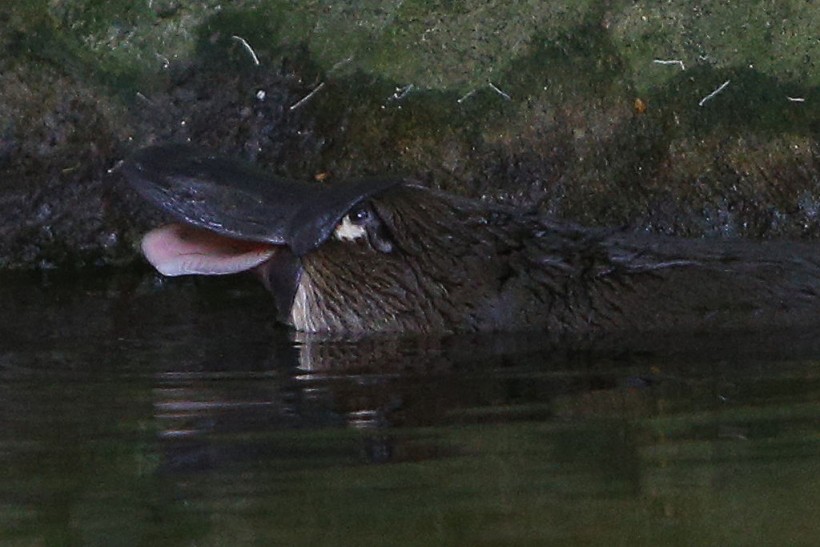More than two centuries ago, George Shaw, a biologist, received a specimen from New South Wales that left him mystified.
He even tried snipping off some fur around the beak, anticipating to see the evidence of stitches and fraud. However, despite such a specimen's strangeness, the biologist did not discover any evidence that it was a fraud.
In a scientific journal, Shaw wrote, of all the mammals yet known, it appears the oddest in its conformation, showing the "perfect resemblance of a duck's beak engrafted on the head of a quadruped."
In addition, the biologist was fairly doubtful as frauds were all very typical. After all, he explained, the duck-billed platypus was an extraordinary sight to observe, probably enough to be an elaborate deception or fraud.

Platypuses were once considered widespread across the eastern Australian mainland and Tasmania, although not many are known about them because of their secretive and nocturnal nature.
Falling for Frauds
According to Medium, during the 18th and 19th centuries, many anatomists and biologists were falling for fraud. Johann Beringer, for instance, "fell prey to fake fossils," which he thought to be planted by his colleagues.
Distinguished swindler and grifter, PT Barnum presented the Feejee Mermaid. This particular mermaid was made by sewing together body parts taken from fish and monkeys.
Even though there was an early doubt, more specimens kept arrive over the next couple of decades. It would nearly be impossible to pull off such an elaborate fraud.
Stitching the different animals' fur and bones together would be very unsophisticated a description for the platypus.
The said report specified that their abnormal physiology was different from anything they had observed in the past. Such a specification drew some questions like an outcome of "two different animals dating" and how it did evolve.
Glowing Under UV Light
Last month, IFLScience came out with a related report stating the world discovered that platypus, perhaps, the rarest mammal, "glows greenish-blue under UV light."
At first, the report indicated, appearing just one more way in which, the egg-laying platypus was different from most other mammals, it then looked as if it was shining "under a backlight," is in fact, something the mammal share in common, with many, fellow Australians. Apparently, many marsupials are doing the same.
Meanwhile, after reading the paper in Mammalia that reported on the unexpected nightglow of the platypus, Western Australian Museum's Dr. Kenny Travouillon decided to turn UV light on some other samples.
As mammals' curator, Travouillon had many dead mammals under his care and colleagues who have the equipment to examine animals like scorpions, already "known to turn short-wavelength radiation" into something human beings can see.
On the social media sites of the museum, the mammal curator reported his initiatives had been rewarded. Not just do echidnas, he said, the closest surviving relatives of the platypus, light up beneath a UV light, but so do the "bilbie's ears, possums," several Australian bats, and the famous favorite-wombats.
For now, Travouillon shared his working theories. None of the so-called carnivorous marsupials, including quolls and Tasmanian devils, the biologist has attempted to illuminate, have shone in reaction.
He thinks this is because such a light show would alert possible prey to their existence, specifically at dusk. Prey, in particular, might appear to have even more to lose through being visible. However, the expert noted, color-blindness is typical among hunters, possibly leaving tiny mammals safe to "glow in peace."
ALSO READ: Great Apes Are Prone To Getting COVID-19 Infection, Here's How Researchers Are Protecting Them
Check out more news and information on Platypus on Science Times.














